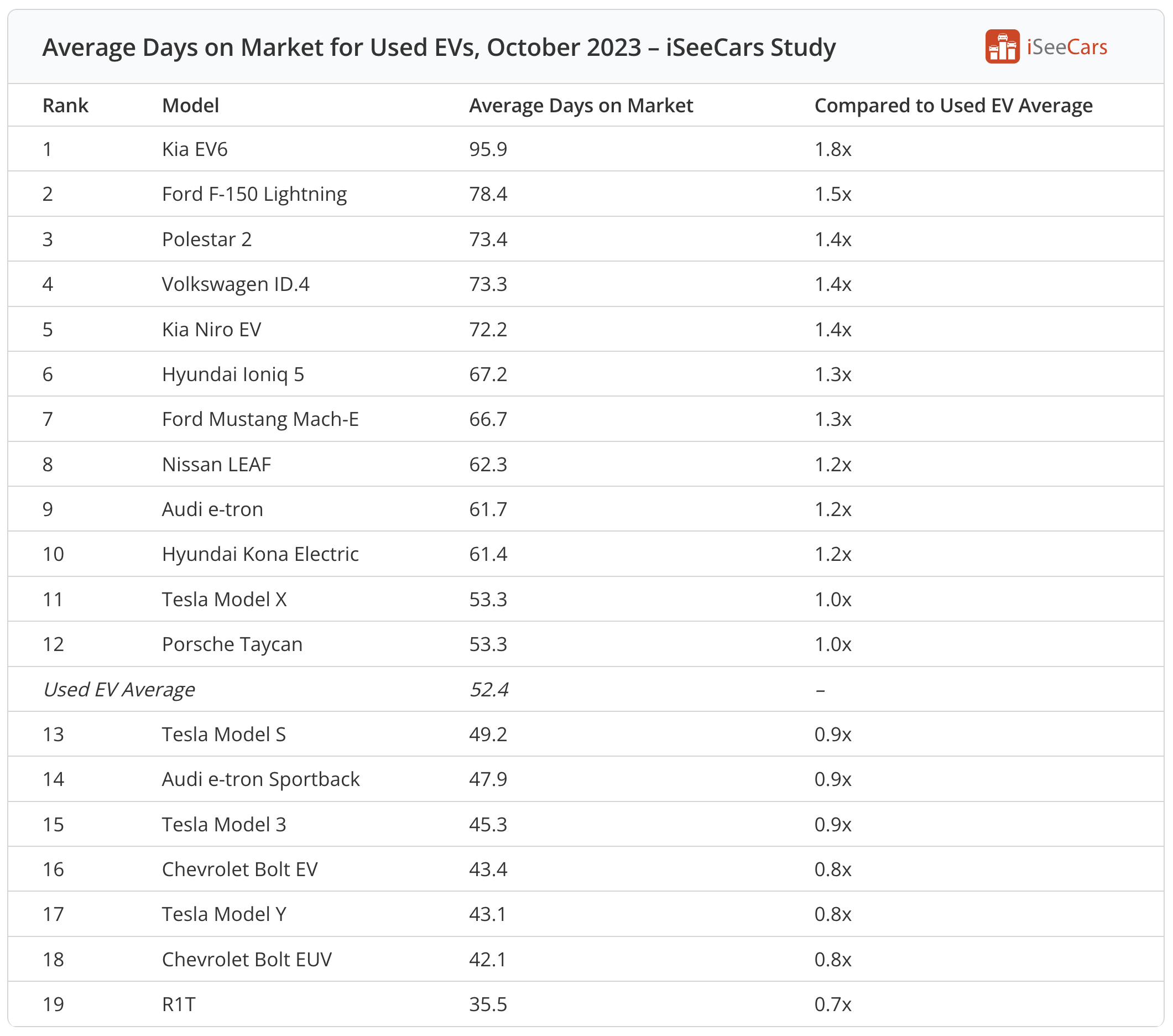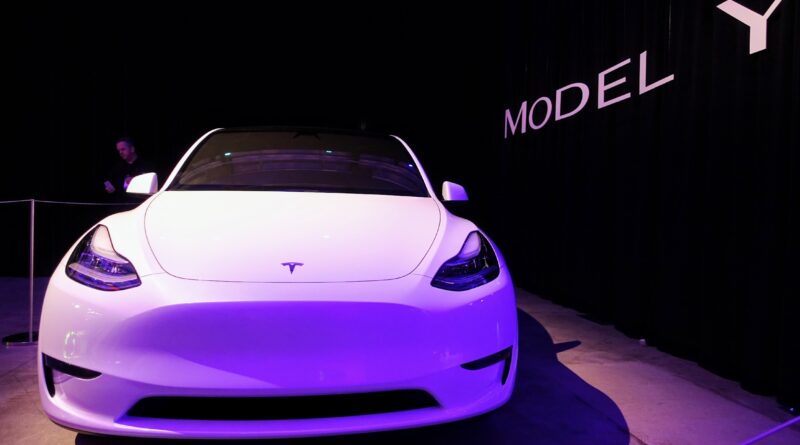US Electric Car Market at the Whim of Tesla Supply-vs-Demand Trends
A couple of days ago, I wrote about a somewhat complicated situation in the used electric car market. I included several notes for matters affecting used EV prices and time on lot. However, looking at some of the details further, I wanted to revisit this and highlight a very important point for the market now and going forward: the used electric car market in the US is, even broadly speaking, at the whim of Tesla’s supply-vs-demand trends.
Starting with the matter of price, in 2022, many Tesla owners were selling or trading in their Teslas because they had retained so much value or had in some cases even risen in value. The issue was that due to the wackiness of COVID-19, economic lockdowns, supply chain challenges, stimulus payments, and associated matters, demand for cars (new and old) had skyrocketed at the same time that supplies were crunched, and this led to high car prices. Given the stage of Tesla’s growth at that point, this particularly affected Tesla vehicles. I recall several Tesla owners selling or trading in their cars at the time and bragging about how much money they got for them. Tesla was not at all the only company influenced by these matters, but its swing was accentuated.
As these issues worked themselves out and the market got back to something more “normal,” Tesla ramped up production globally and set sales record after sales record quarter after quarter. That led to: ramp production, ramp production, ramp production. But … as we know, Tesla cut prices considerably in recent months. Clearly, production caught up with demand and then surpassed it at previous prices. Which led to Tesla lowering prices, and then lowering them more. And then we get this:

Average used EV prices in the US (most notably, average Tesla prices, which account for the majority of US EV sales) were really high in October 2022, and then were down considerably in October 2023. Looking at what was happening with Tesla, this comes as no surprise. Add in the fact that new Tesla vehicles now get a $7,500 tax credit! (That knocks thousands of dollars off of the value of a used Tesla by default.)
There’s one more thing to look at as well. When Tesla’s prices drop sharply and unexpectedly, you know that has to affect other electric cars on the market. That drags down prices people are willing to pay for other, competing electric vehicles. But, how quickly are the sellers of those other used EVs actually going to respond? They won’t respond overnight. The result: a lot of used EVs sitting on the lot for longer than normal.

Interestingly, with used Tesla prices depressed first and most directly by the price cuts to new Teslas, Tesla’s vehicles were moving off of the lot slightly quicker than the national average.
As we can see, big fluctuations in Tesla supply & demand don’t just affect Tesla. They have a notable effect on the prices and movement of competing electric vehicles. We can’t make broad statements about the used electric car market without taking into account that Tesla dominates the US electric car market, and big changes at Tesla will inherently mean big changes across the market.
With all of that in mind, what will 2024 bring? Are we going to see any sudden or dramatic changes in Tesla prices and availability? I don’t think so. I don’t see demand shooting up well above production capacity, and I don’t think Tesla can lower prices much more since it has already significantly cut into gross margins in order to move product. Though, it’s notable that the Long Range and Standard Range Model 3 will be losing access to the $7,500 US EV tax credit (due to their batteries coming from China, an issue Tesla apparently hasn’t been able to solve in the past year). As such, I think there could be a little further pressure on Tesla prices and thus other electric car prices. But — that will probably also mean more Tesla buyers deciding to go for the Model Y instead of the Model 3. Shifting significant volumes of Model 3 demand to the Model Y could put a production bottleneck on the Y relative to demand, potentially leading to notable price increases. If this happens, other electric crossovers could also get price increases or see their wheels roll off of dealer lots and into customer driveways quicker. So, again, there are ways the rest of the US electric car market, including used electric car market, could be significantly influenced by changes in Tesla demand vs. supply. We’ll see what comes about in 2024.
What do you think of coming changes to Tesla demand, pricing, and sales in the US — and, similarly, changes to the rest of the US EV market?
Have a tip for CleanTechnica? Want to advertise? Want to suggest a guest for our CleanTech Talk podcast? Contact us here.
Latest CleanTechnica.TV Video

CleanTechnica uses affiliate links. See our policy here.

